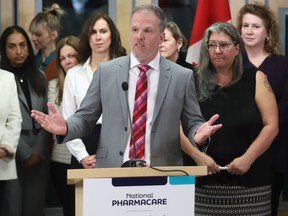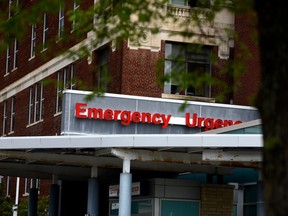Canadians are bombarded by many sources of evidence for health information. The number of studies, with variable quality, and trustworthiness, make it difficult to know what is important, from deciding how to quit smoking, the pros and cons of medications to decisions on screening for diseases like cancer.
It’s also not easy for family doctors, nurse practitioners and other primary care clinicians to sift through this evidence for what is most applicable to their patients.
National guidelines
National clinical practice guidelines bring much-needed clarity to the deluge of scientific information. These recommendations, created by internationally respected groups like the Task Force, summarize the best available evidence to help primary care providers and patients make important decisions on diverse topics such as screening for various cancers, thyroid dysfunction, and chronic health conditions, as well as interventions aimed at prevention like tobacco use and falls.
“The Canadian Task Force on Preventive Health Care was formed decades ago to provide unbiased and trustworthy guidance for primary care providers around key issues related to screening and disease prevention,” said Dr. Guylène Thériault, a family physician, teacher of evidence-based medicine and Task Force Chair. “We tackle complex evidence about screening for colorectal, cervical and breast cancer and other topics. Through systematic methodology, Task Force members, content experts and evidence synthesis groups lead comprehensive reviews, then summarize this information with patient input to deliver evidence-based guidelines for primary care providers and for Canadians”.
The Task Force is led by a national, independent panel of health professionals whose core members are primary care providers. It includes family physicians, nurse practitioners, specialists and prevention experts, as well as people with expertise in evaluating evidence.
Breast cancer screening guideline update 2024
Breast cancer is a disease that touches many Canadians. That’s why the Task Force is committed to developing
























